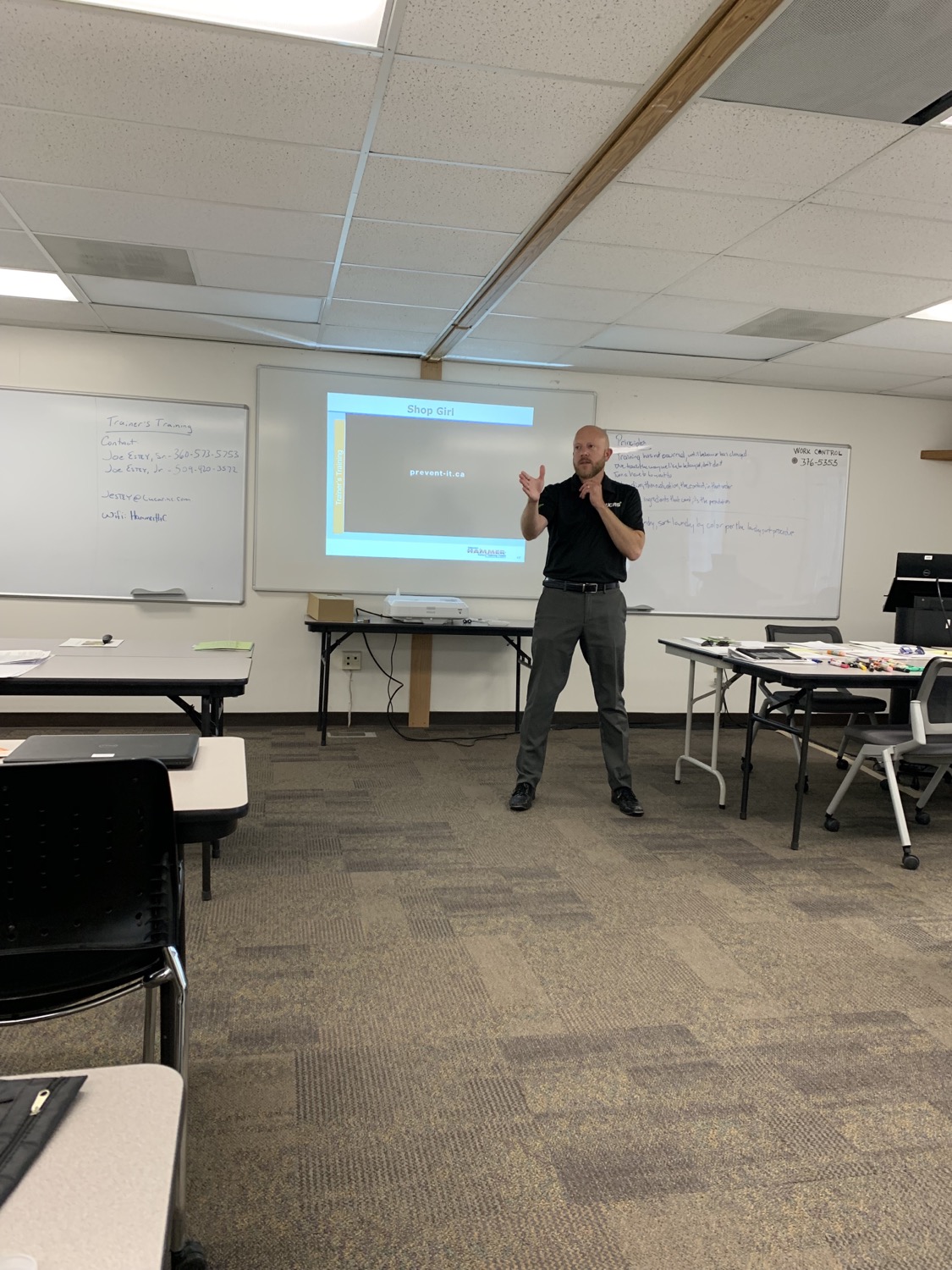Trend 4: 3 Ways to Empower Your Employees
- Lucas OPT

- Apr 15, 2021
- 4 min read

Gone are the days of the HERO leader – the individual, solo act, ruler of the mountain out of touch with the pulse of an organization, its clients and the world. Especially of late, in a time of constant change and major upheaval, employees are looking to companies & managers that see the bigger picture, promote flexibility, encourage collaboration, foster transparent communication and put stock into their most valuable asset - their people. There are probably hundreds of strategies, trends, philosophies promoted on social media, blogs, vlogs, newsletters, websites, email blasts, etc. that address empowering today’s workforce. Granted, human resources (HR) guru I am not, but rather than buying into the next hot solution, I endorse some simple solutions that can create a collective, committed and strong organization.
Listen
I volunteer for a non-profit organization that works in Kenya, Africa where poverty, disease, mortality, corruption, failed infrastructures are commonplace. The organization’s goal is to partner with local groups to provide services, collaborate with communities to define needs and give a hand-up, not a handout to encourage autonomy.
How is this applicable to empowering your workforce?
Schedule regular conversations. Listen to employee interests, concerns & goals. Provide opportunities that reflect input from employees through professional learning & development. Leaders adopting active listening, practice empathy and inspire growth gain employee endorsement, cultivate strong teams and build a knowledgeable, multi-faceted team.
Create programs that are quick informational nuggets: microlearning opportunities. These are easy to access and applicable for employees in their current position and in line with their career objectives. Individual resources should be flexible for busy schedules and continuously be updated & augmented for new learning opportunities.
Promote outside training to enhance an employee’s position, whether it be new technology available, position-specific, or career enhancement.
Scheduling time to host group sessions can solidify teamwork, instigate creativity and reflect an investment in employee development.
Cross Train

Create career growth opportunities. Utilize subject matter experts (SMEs), team leaders, or support staff within your organization to share their scope of work and experience.
Cross-training provides a window for employees to learn key talents outside of their specific duties enabling them to step in during critical moments. This offers employees an understanding of what is needed within a department, team or company to be successful. Plus, it also builds the depth of workforce knowledge and cultivates employee enrichment and skill set development.
Major benefits to cross-training employees:
Great return on investment
Employees are better able to collaborate
Increase employee motivation
Increases workforce sustainability
Increases efficiency
Makes your company more agile
Encourage Mentoring
Optimize the multi-generational workplace by encouraging mentoring. Most of us work within a company that hosts employees from the Booming, Zooming and all generations in between. This vast & vibrant wealth of knowledge offers a generation new to the workforce or organization with fresh skills, technology and viewpoints expanding that make-up their knowledge blueprint. Employees having worked their way up the ladder, bring experience & knowledge to an organization through an effective mentorship program.
Rather than silo the differences between generation and skill level, mentoring opportunities are the perfect opportunity to ensure a proper knowledge transfer and promote collaboration.
Mentoring can be implemented into internship programs, onboarding new employees, in the execution of new company processes, as part of an internal learning & development agenda and/or as a community outreach program.
While serving as an elementary school volunteer in Seattle, the school used volunteers from the neighborhood retirement center bringing in retired teachers for assistance with different subjects. What a brilliant idea! Not only were students benefitting from experienced and knowledgeable teachers, but this program also provided extra time and one-on-one assignment assistance. The retired teachers were giving back to the community while being recognized for their valuable contributions. A win-win situation can be adopted into a company by requesting retired staff to return temporarily to mentor existing or new staff.
The merits of mentorships are numerous but overall, they help to:
Merge the expertise and abilities of multi-generations to support a learning culture
Build diversity in an organization
Enhance leadership development
Facilitate constructive feedback
Open conversations and can be cost-beneficial

We now live in a world where the workplace is not the traditional 9 to 5 cubicle setting where employees spend their day. We have quickly learned the importance of flexibility and looking outside of the box for solutions. With that said, employees, more than ever, are looking to employers to provide a work environment that is accepting, adaptive, supportive… they are looking for investment. The above-mentioned tactics are three easy suggestions that organizations can adopt to benefit not only their company as a whole but their workforce.
Remember...
Trend 4: Lack of Time for Development | 61% of the workforce reports a lack of time for training. 44% of Gen Z & 36% of Millennials claim they spend more time on development when their managers recognize and offer support.
So, I encourage you to develop an organization embracing this trend by adopting these simple suggestions.
Lucas OPT can serve as the catalyst to make this happen in your organization.







Comments